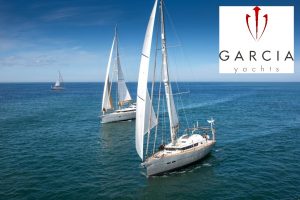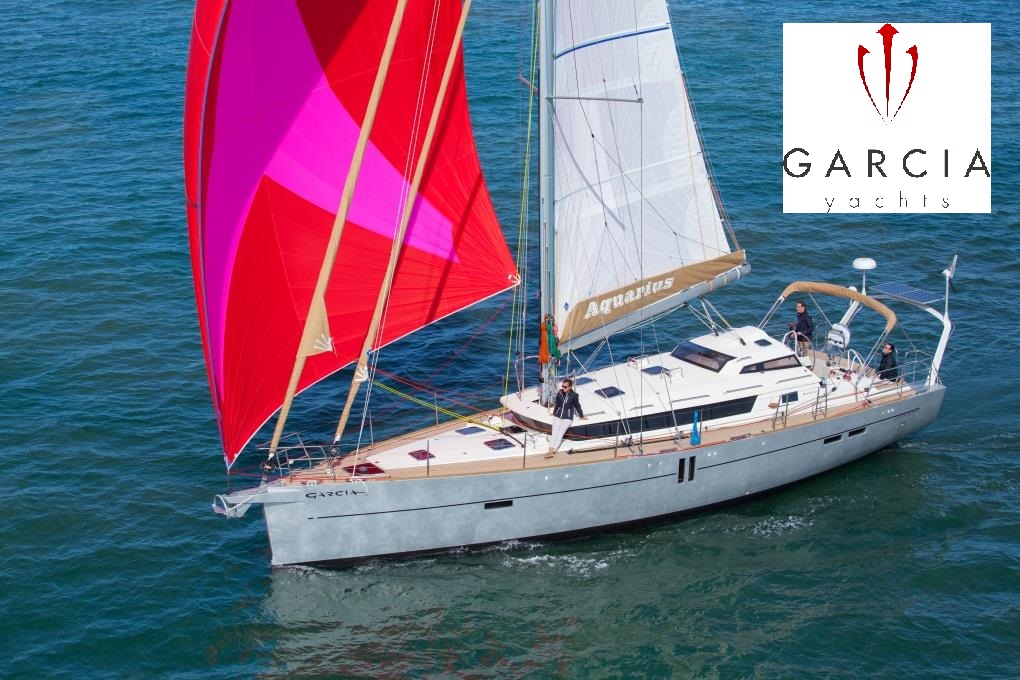Michael, Inge and their 3 children live in Denmark, a country where electricity production is 80% renewable. They drive electric cars, and their home is self-sufficient in electricity thanks to domestic solar panels. An electrical engineer by trade, Michael is abreast of new technology in the field of energy, and is well aware of the challenges to be faced tomorrow. It was obvious to them that their Exploration 45 should be in keeping with their way of life.

“We like to go sailing, and if we could do motor sailing in a quiet manner, without burning any fossil fuel, it will be a very nice environment friendly solution.”
“We wanted to build a boat that do not have any limitation, a safe comfortable home without any connection to civilization for a period minimum up to 3 month.”
“On anchor we’ll have 22 kW available to cooking, washing machine, water maker dive compressor ect. (…) I really do not see any limitations why not go greener, but only see the opportunities.”
So this was the challenge to Garcia Yachts by the future owners of Anemis: a boat that suits their needs, which is also firmly rooted to a respect for the environment.
What’s the programme for the boat? Over a few years, first a Mediterranean tour, then an Atlantic circuit, and followed by a programme in Northern Europe. With an open view on long distance cruising:
“We have decided to have the vision; we’ll not have a plan but enjoy where we are.”
Technically, hybrid propulsion is organized around an electric motor (which takes up the place of the traditional combustion engine), a fleet of lithium batteries, and a generator. The batteries are charged by hydro-generation when the boat is sailing, as well as by its solar panels and a wind generator. When under engine, the electric motor runs on batteries. Then if necessary, the generator takes over to power the electric motor. As with a hybrid car, it is by adapting its mode of navigation to this type of propulsion that we’ll see significant reductions in fuel consumption: half as much fuel consumed with “propulsion via the generator” (compared to a combustion engine) and with voluntary reduction of time spent under motor in favour of being under sail. Overall, the amount of fuel used is between one quarter and one half of the usual consumption. This significantly increases both self-sufficiency and the range under motor to more than 1,200 miles.

It’s a choice that also offers hidden benefits, such as approaching some areas and their marine inhabitants under motor, but in absolute silence.
After much discussion – both functional and technical – on how to navigate and live aboard, Michael, Inge and Garcia Yachts developed the hybrid propulsion solution for the project with OceanVolt. OceanVolt, not a newcomer to the field, is the official supplier to Alex Thompson Racing for a Vendée Globe 2020 boat without fossil fuel.

